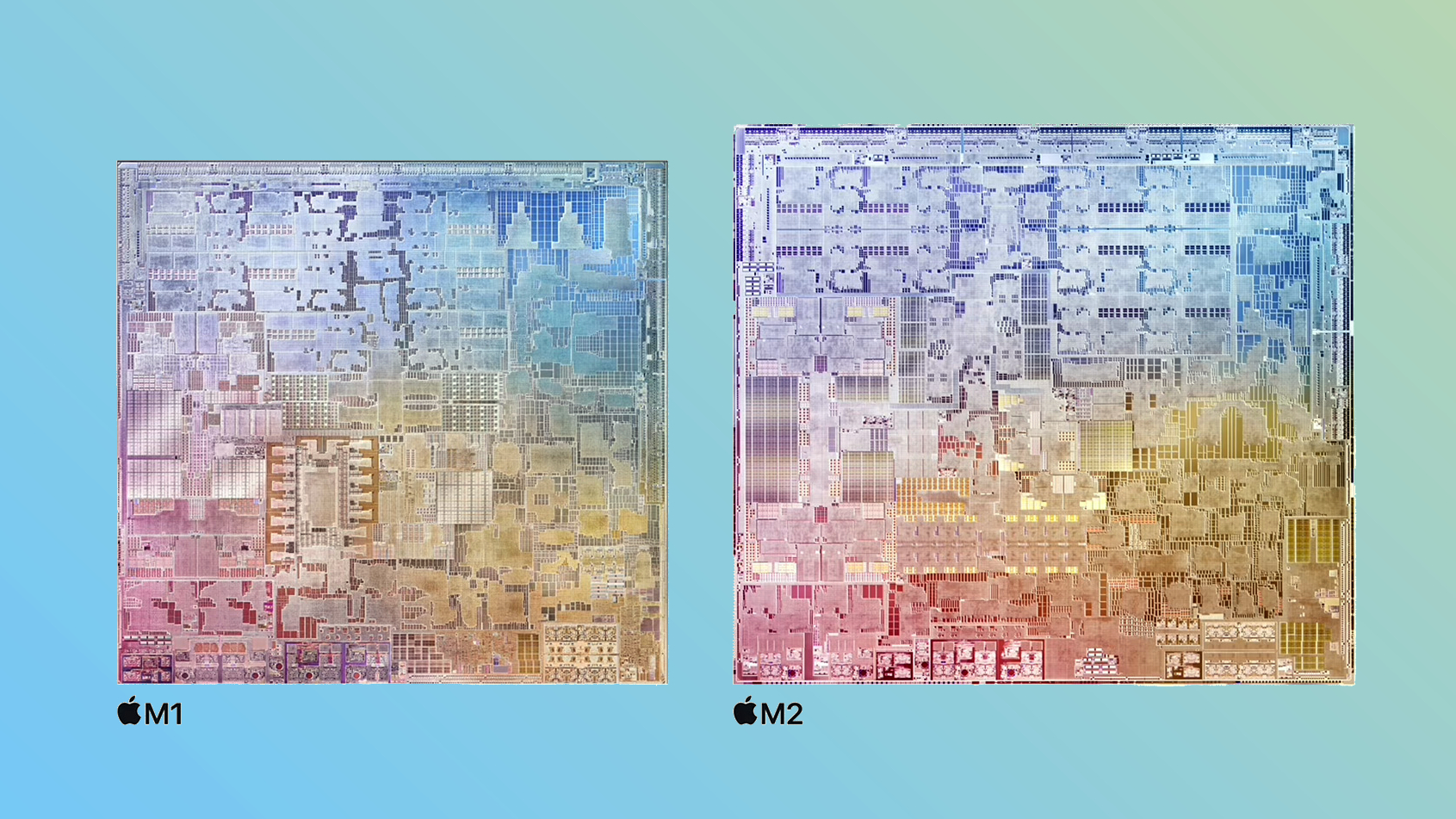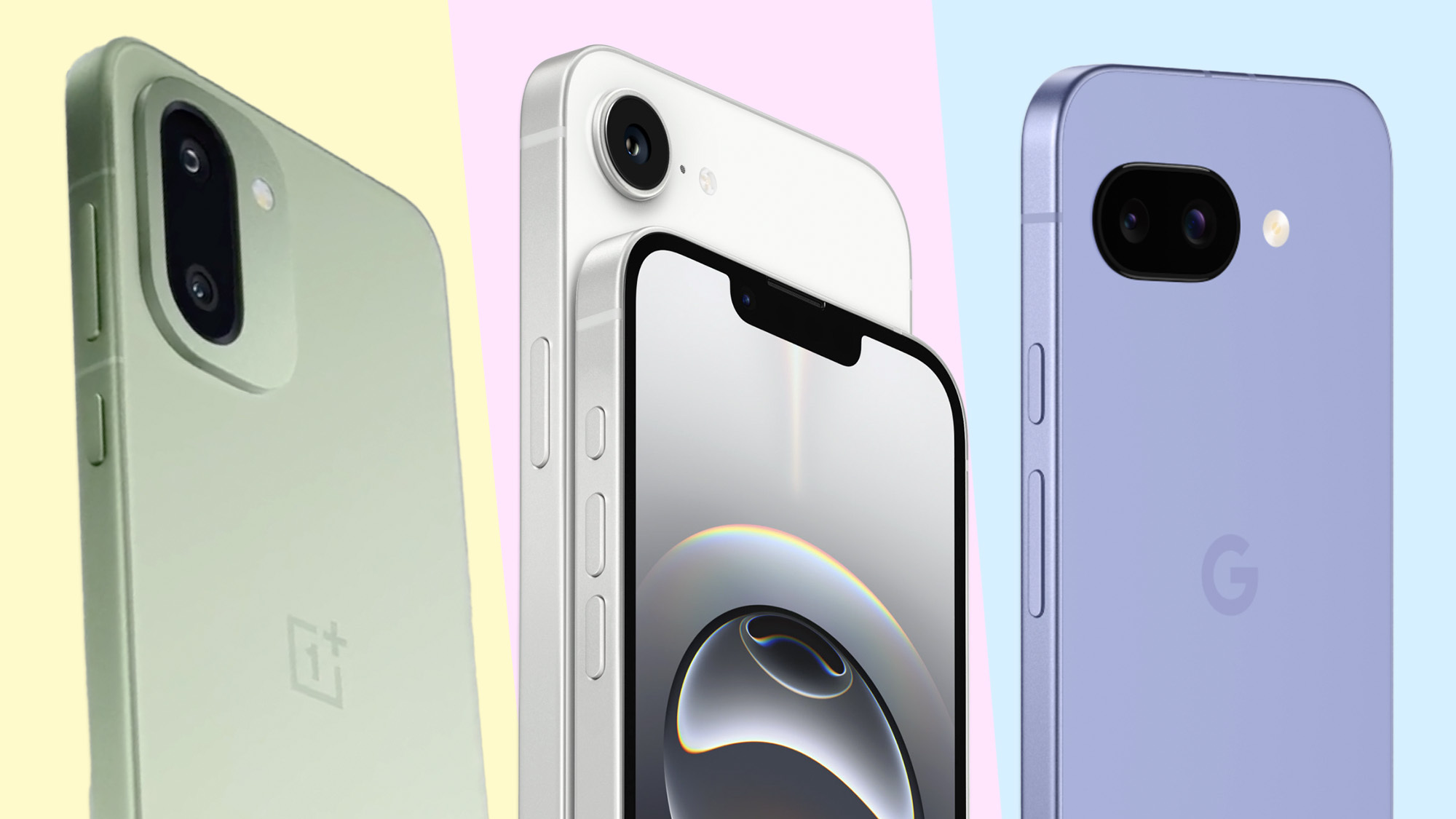Apple M2 chip benchmark results are in — and Apple's done it again
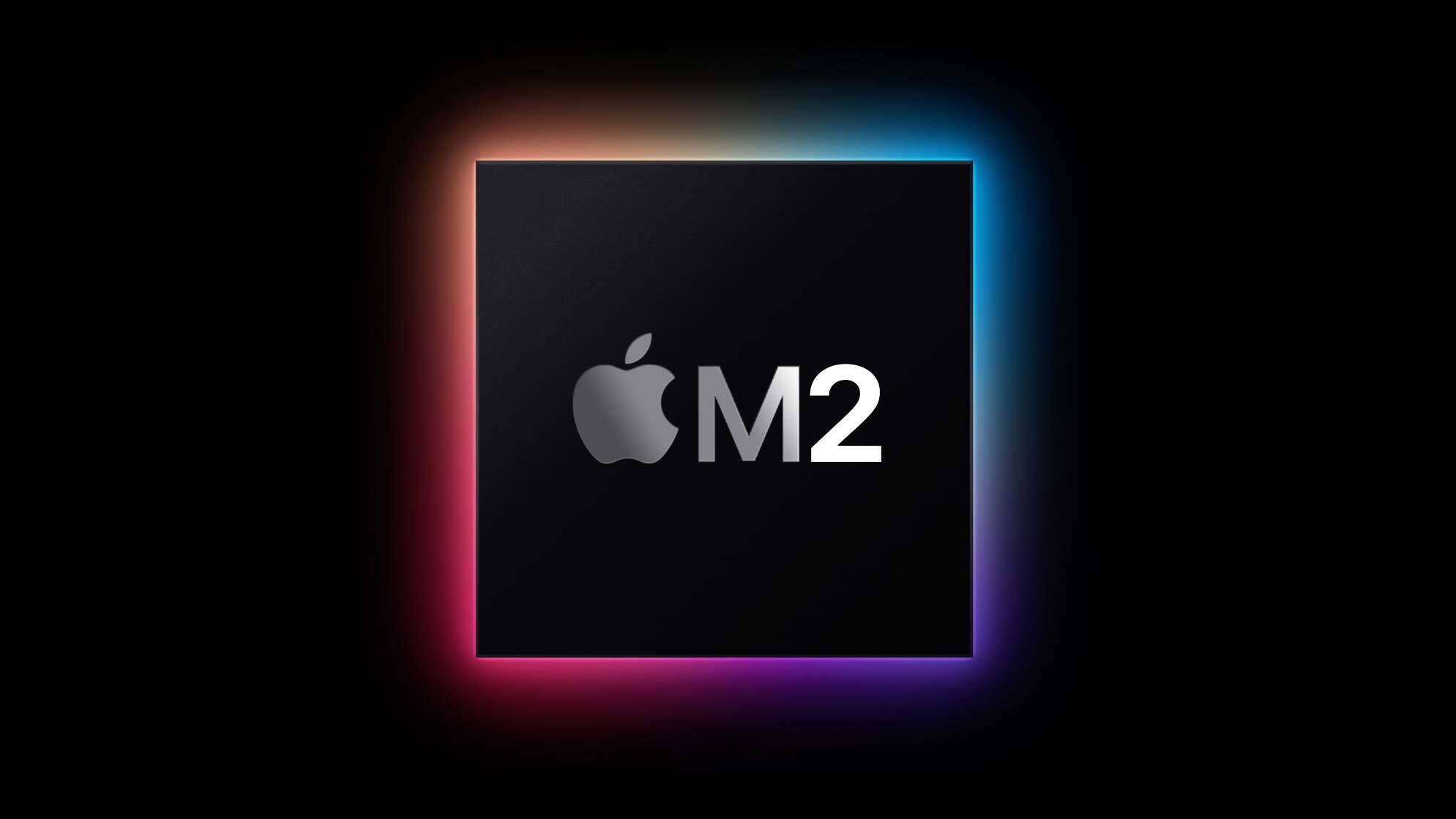
The second generation of Apple silicon for Macs is upon us, and now that we've had time to test the new Apple M2 chip as part of our MacBook Pro 13-inch (M2, 2022) review we can finally tell you exactly how much of a difference M2 makes.
The answer is right in line with our expectations, which are that this is the inaugural M2 chip and thus analogous to the M1 chip that debuted in the MacBook Air 2020. It's effectively the starting point for a new family of chips, and while it's more powerful and efficient than the M1, it can't deliver the same performance as the upgraded M1 Pro and M1 Max chips Apple launched in the 2021 MacBook Pro.
Still, it's an exciting place to start. We expect an improved Apple M2 Pro chip could start production this year, and the results from our performance testing inspire a lot of excitement about what an improved M2 could do.
Apple M2 chip: Specs
| Row 0 - Cell 0 | Apple M2 chip | Apple M1 chip |
| Starting price | $1,199 (MacBook Air 2022) | $999 (MacBook Air 2020) |
| CPU cores | 8 | 7-8 |
| GPU cores | 8-10 | 8 |
| Neural Engine | 16-core | 16-core |
| Transistors | 20 billion | 16 billion |
| Memory bandwidth | 100 GB/s | 68 GB/s |
Apple M2 chip: Performance test results compared
Our first opportunity to benchmark the M2 chip came courtesy of Apple, who sent us a 13-inch MacBook Pro 2022 review unit packing a 1TB SSD, 16GB of RAM and an M2 chip with an 8-core CPU and 10-core GPU. That's the most powerful M2 you can get right now, so keep that in mind as we go through the test results.
| Header Cell - Column 0 | Geekbench 5.4 | Handbreak video transcoding | PugetBench Photoshop | Sid Meier's Civ VI: Gathering Storm | Rise of the Tomb Raider |
|---|---|---|---|---|---|
| MacBook Pro 13-inch M2 | 8,911 | 6:51 | 817 | 51 fps | 24.94 fps |
| MacBook Pro 14-inch M1 Pro | 12,477 | 4:51 | 806 | 46.1 fps | 73.87 fps |
| MacBook Pro 16-inch M1 Max | 12,683 | 4:48 | 877 | 46.1 fps | 39.33 fps |
| MacBook Air M1 | 5,962 | 9:15 | 653 | 37 fps | DNR |
| MacBook Pro 13-inch M1 | 5,925 | 7:44 | 649 | 38 fps | 25.78 fps |
The M2 helped the 2022 Pro earn a score of 8,911 in the Geekbench 5.4 multi-core CPU performance test, which is quite good. It's better than the 7,521 earned by the M1-equipped MacBook Pro 2020 two years ago, and it also trounces many of the best Windows laptops with the latest Intel CPUs, including the Lenovo Yoga 9i Gen 7 we recently tested with a 12th Gen Intel Core i7-1260P CPU (7,150).

However, the M2 still can't match the scores put up by last year's M1 Pro and M1 Max chips. In Geekbench 5.4 the 14-inch MacBook Pro 2021 with an M1 Pro earned a whopping 12,477, while the M1 Max-based 16-inch MacBook Pro did even better, earning 12,683. So while the M2 is a meaningful improvement over the M1, we've confirmed it still can't touch the upgraded chips in the 2021 Pros.
To get a sense of how well the M2 can crunch video we also put the 2022 Pro through our video encoding test, which tasks the laptop with transcoding a 4K video down to 1080p using Handbrake. The M2-equipped Pro completed the task in 6 minutes and 51 seconds, a decent speed that outpaces the M1-equipped 2020 Pro, which took nearly 8 minutes (7:46) to complete the same task. It's way faster than the Dell XPS 13 OLED, one of our favorite Windows laptops that nevertheless took over 18 minutes (18:12) to complete the same test with an 11th Gen Intel Core i7-1185G7 CPU. However, here again the new M2 Pro can't match the raw video editing power of the 2021 MacBook Pros, as the 16-inch Pro with M1 Max encoded the same video in under 5 minutes (4:48).
Get instant access to breaking news, the hottest reviews, great deals and helpful tips.
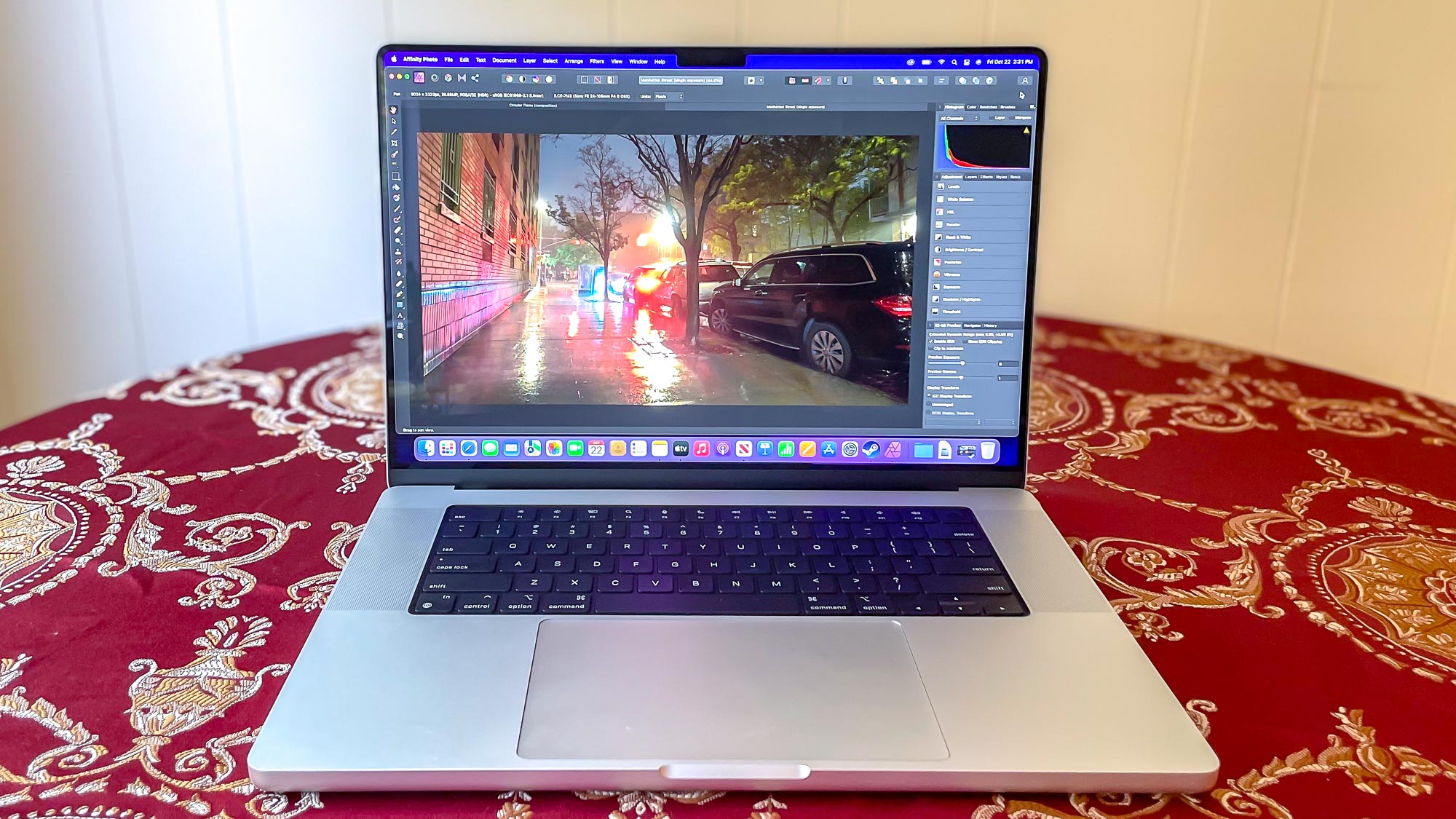
We also put the M2 through a suite of PugetBench performance tests, including a test that vets how well a system handles common Photoshop work tasks. The 13-inch M2-equipped Pro completed the Photoshop test in an average of 4:54, which is significantly speedier than the 7:03 it took the M1-equipped Pro to complete the same test. However, it still can't quite match the 2021 Pro tricked out with M1 Max, which completed the same test in 4:44.
Finally, let's touch on our gaming test results. We use Sid Meier's Civilization VI: Gathering Storm to benchmark how well non-gaming laptops handle games because it runs on a wide variety of systems (including MacBooks), allowing us to make useful comparisons. The M2-equipped 13-inch Pro 2022 was able to achieve framerates of 51 frames per second (fps) when running the Civ VI: Gathering Storm graphical benchmark in its native 1440p. That's quite a bit better performance than what we saw from the M1 in the 2020 Pro, which was only able to achieve 38.2 fps in the same test. It's also a darn sight better than many Windows ultraportables, whether they're packing last-gen CPUs (the XPS 13 OLED with an 11th Gen Intel i7 only achieved 22.1 fps @ 1080p) or the latest Intel silicon (the Lenovo Yoga 9i we just tested with a 12th Gen i7 average 24 fps @ 1080p).
However, here the M2 actually outperforms beefy M1 variants like the M1 Max, which helped the 16-inch Pro achieve 47 fps in Civilization VI: Gathering Storm. So if you're playing Civ, the new 13-inch Pro with M2 should actually give you a slightly better experience than a big, heavy 16-inch Pro.
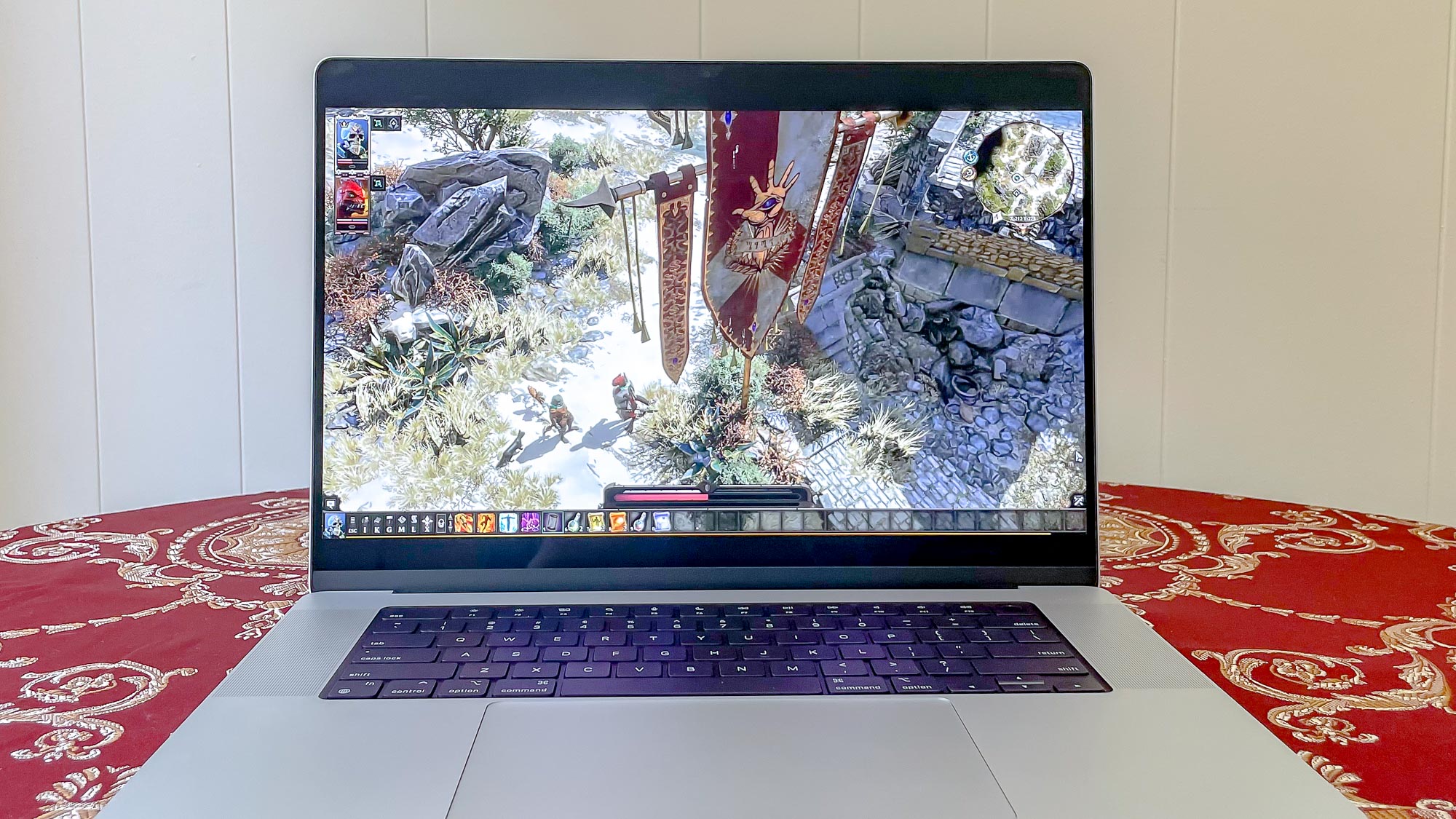
As nice as that is, it looks like the M2 isn't a guaranteed across-the-board improvement if you love to play games on Mac. We also ran the M2-equipped Pro through the Shadow of the Tomb Raider graphical benchmark, and at 1920 x 1200 resolution with graphics set to "Very High" it averaged 24.94 fps. That's decent, but it can't keep up with the 73.87 fps achieved by the 16-inch Pro with M1 Max running the same test at the same settings.
The results are in, and this is one fast chip
As you can see, Apple has done it again. Now that we know what Apple silicon can do the M2 chip can't quite astonish us the way the M1 did back in 2020, but it manages to impress with a significant, quantifiable leap in power over its predecessor.
While you'll want to read through our full MacBook Pro 2022 review (live on the site now!) to understand how the M2 chip affects day-to-day productivity, our in-house testing reveals that it's a clear improvement over the M1. It also managed to outperform the 11th Gen and 12th Gen Intel CPUs in a number of Windows ultraportables we've tested recently, proving that Apple is a fierce competitor in the laptop chip market.
However, the new M2 can't quite match the raw power and performance of the upgraded M1 Pro and M1 Max chips Apple launched last year in its 2021 Pros. So if you absolutely must have the most beastly MacBook possible, stick with last year's Pros -- or try and hold out until Apple inevitably releases M2 Pro/Max equivalents, likely within the next year.

Alex Wawro is a lifelong tech and games enthusiast with more than a decade of experience covering both for outlets like Game Developer, Black Hat, and PC World magazine. A lifelong PC builder, he currently serves as a senior editor at Tom's Guide covering all things computing, from laptops and desktops to keyboards and mice.
